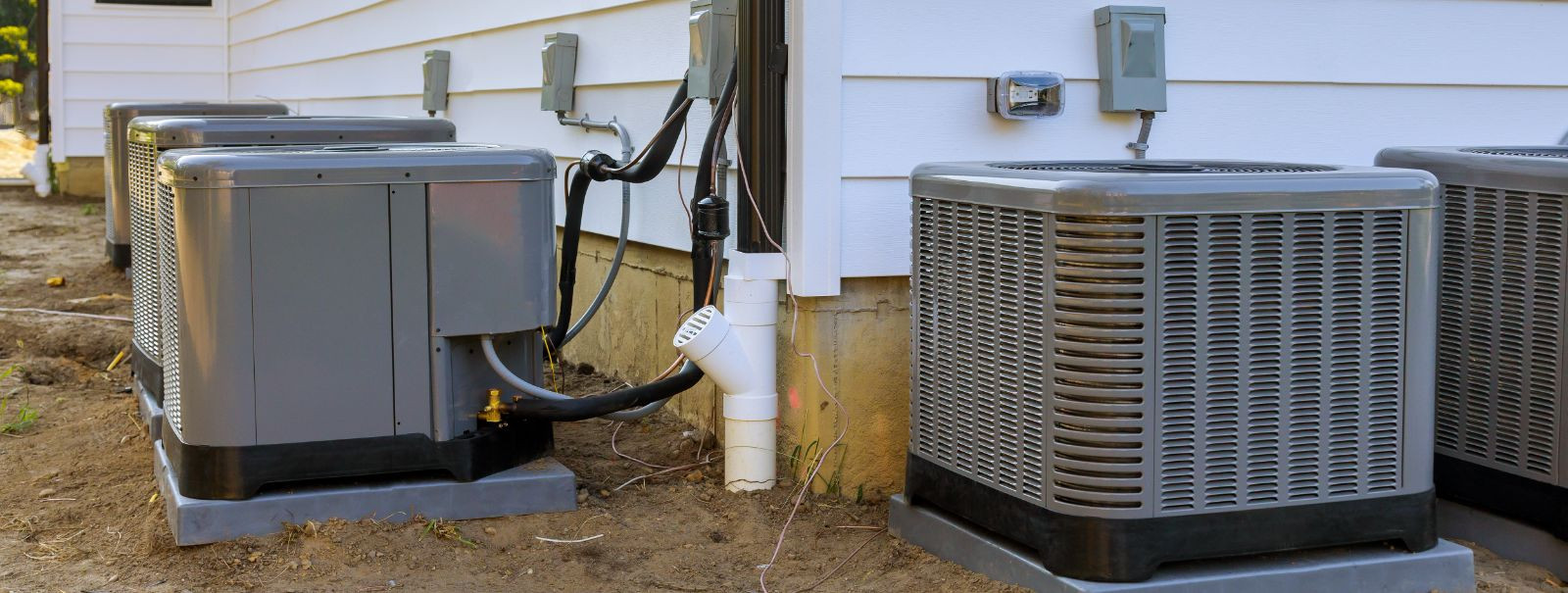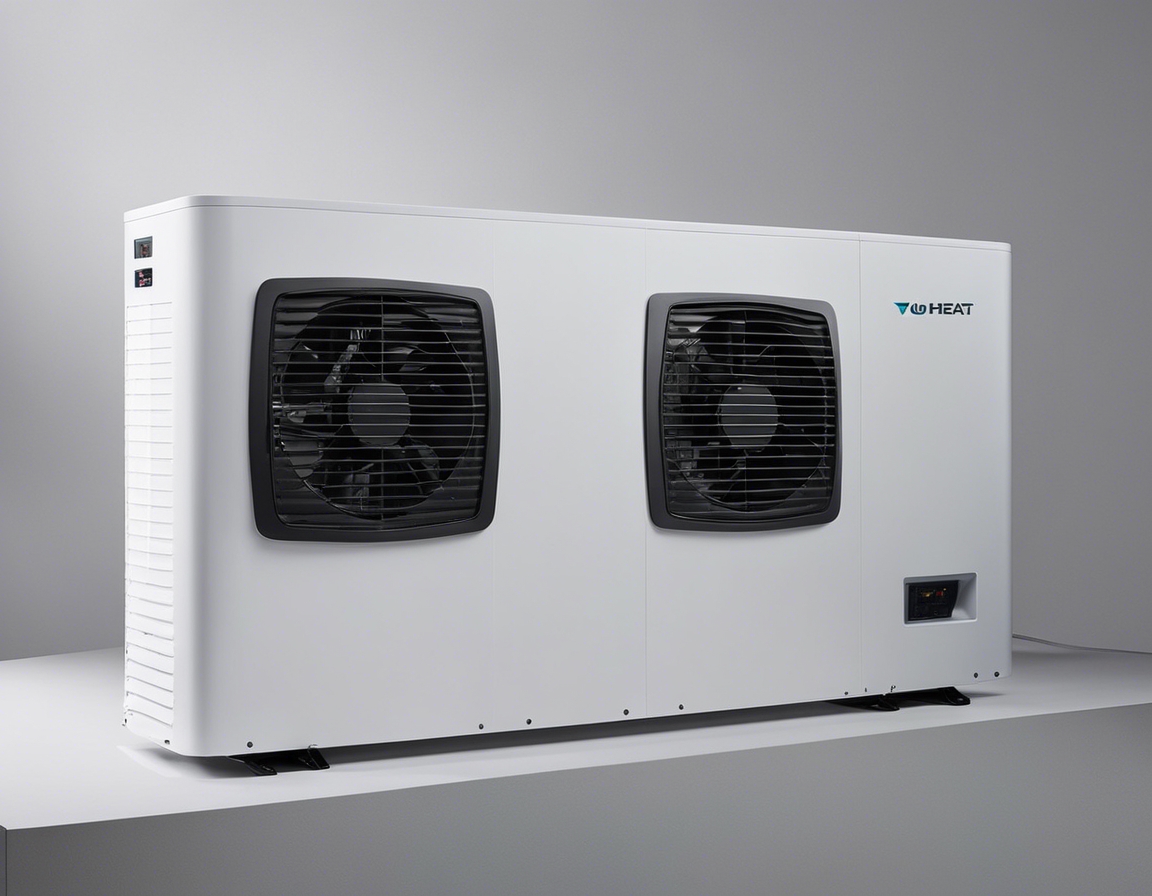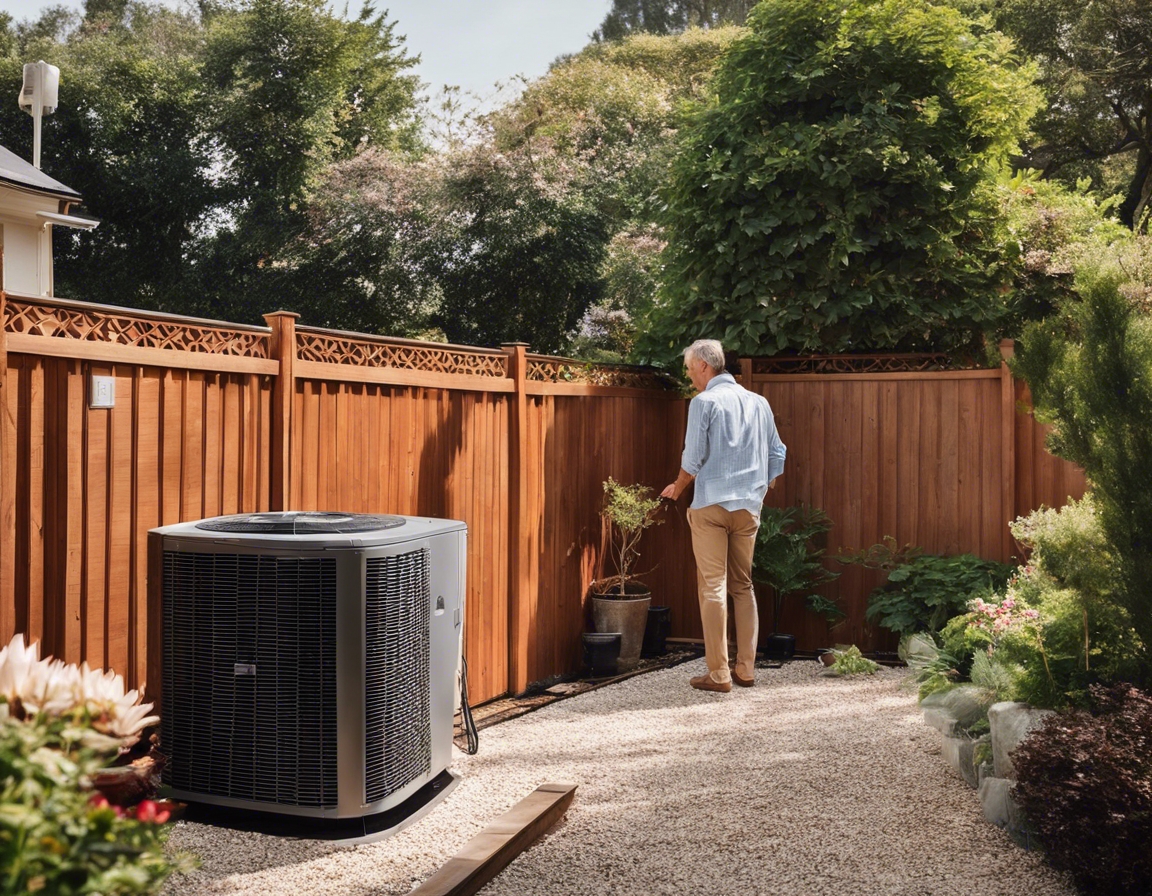The future of home heating: geothermal solutions
Geothermal energy is a renewable resource harnessed from the Earth's natural heat. This energy is constantly produced by the radioactive decay of minerals and the original heat from the Earth's formation. Unlike other renewable resources that depend on the sun or wind, geothermal energy is available 24/7, providing a consistent and reliable source of power.
Geothermal heating systems offer a plethora of advantages over traditional heating methods. They are significantly more energy-efficient, reducing energy consumption by up to 70%. This efficiency translates into lower utility bills and a smaller environmental footprint. Additionally, geothermal systems have a long lifespan, often exceeding 20 years for the indoor components and 50 years for the ground loop.
How Geothermal Heating Works
At its core, geothermal heating utilizes the stable underground temperature to heat and cool buildings. A few feet below the surface, the Earth maintains a consistent temperature, typically between 45°F and 75°F, depending on the location. During the winter, this underground heat is absorbed by a fluid in the geothermal system's pipes and transferred indoors. In the summer, the process is reversed, and the system expels heat from the home into the ground.
A standard geothermal heating system comprises a ground loop, a heat pump, and a heat distribution system. The ground loop is a network of pipes buried in the ground, filled with a mixture of water and antifreeze. The heat pump, usually located inside the home, exchanges heat between the building and the fluid in the ground loop. Finally, the heat distribution system circulates the conditioned air throughout the home.
Types of Geothermal Heating Systems
Ground source heat pumps can be installed horizontally or vertically, depending on the property's available space and geological conditions. Horizontal installations require more land but are generally less expensive. Vertical installations, on the other hand, are ideal for smaller lots and involve drilling deep into the ground.
Geothermal systems can also be categorized into open loop and closed loop systems. Open loop systems use groundwater from a well as a heat exchange fluid, which is then returned to the ground. Closed loop systems circulate a water-antifreeze solution in a sealed network of pipes buried in the ground. Closed loop systems are more common due to their versatility and lower environmental impact.
Installation and Maintenance
Before installing a geothermal heating system, a thorough assessment of the property is necessary. This includes evaluating the soil conditions, land availability, and existing heating infrastructure. A professional installer can determine the most suitable type of geothermal system for your home.
The installation of a geothermal heating system is a significant undertaking that typically involves excavation and specialized equipment. It is crucial to work with experienced contractors who can ensure the system is installed correctly and efficiently.
Geothermal heating systems require minimal maintenance, primarily consisting of periodic checks and filter changes. The ground loop, being the most durable component, has little to no maintenance requirements. With proper installation and maintenance, geothermal systems can provide reliable heating for decades.
Costs and Savings
The upfront cost of a geothermal heating system is higher than that of conventional systems. However, the long-term savings on energy bills can offset this initial investment. Homeowners can expect a return on investment typically within 5 to 10 years, depending on the system's efficiency and energy prices.
Many governments and utility companies offer incentives and rebates to encourage the adoption of geothermal heating systems. These can significantly reduce the initial cost and improve the economic feasibility of the investment.
Environmental Impact
Geothermal heating systems have a much lower carbon footprint compared to fossil fuel-based heating systems. By using the Earth's natural heat, these systems do not emit greenhouse gases during operation, contributing to a cleaner environment.
Adopting geothermal heating aligns with global renewable energy goals and helps in the transition towards a more sustainable energy future. It is a practical step for homeowners to take in reducing reliance on non-renewable resources.
Geothermal Heating in Cold Climates
Geothermal heating systems are particularly well-suited for cold climates, where they can provide consistent and efficient heating even during harsh winters. The stable underground temperatures ensure that the system operates effectively regardless of the weather conditions above ground.
In regions known for their frigid temperatures, geothermal heating systems have proven to be a game-changer. Homeowners have reported significant reductions in heating costs and increased comfort levels, even during the coldest months.






Comments (0)